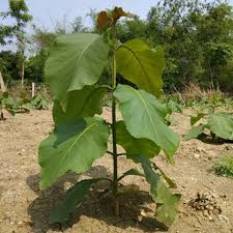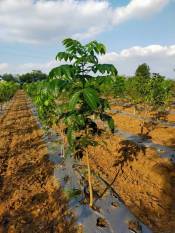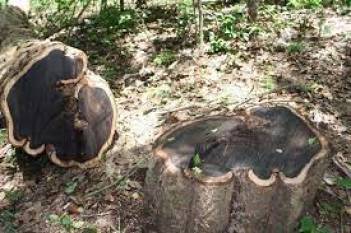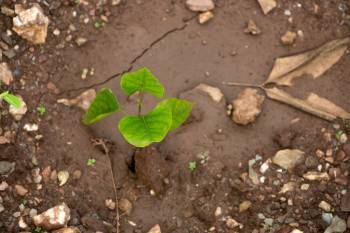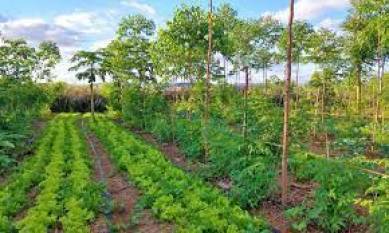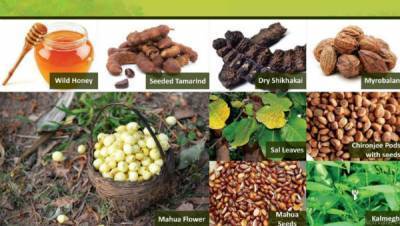Recently News
-

How Indian Farmers can benefit from Red Sandalwood farming
20-May-2024 - 0 Comments.
Red sandalwood, a prized wood known for its vibrant color and aromatic properties, has captivated artisans and perfumers for centuries.
-

Sandalwood Farming Takes Root in India
06-May-2024 - 0 Comments.
Sandalwood, the aromatic heartwood of Santalum trees, has captivated civilizations for centuries. Its distinct fragrance and exquisite beauty have fueled a global demand, particularly for red sandalwood and white sandalwood varieties.
-

How Indian Farmers can benefit from Mahogany plantation
05-May-2024 - 0 Comments.
Mahogany, a prized timber renowned for its rich color, exceptional strength, and enduring beauty, has long been a cornerstone of the global furniture industry.
-

A Greener Future: How Indian Farmers and Villagers Can Benefit from Increased Forest Cover
04-May-2024 - 0 Comments.
India, a land of diverse landscapes, faces a pressing challenge: deforestation. Despite the critical role forests play in regulating climate, maintaining biodiversity, and sustaining livelihoods, forest cover in India stands at a concerning 21.67%.
-

Can India Cultivate the Allure of African Blackwood?
22-Apr-2024 - 0 Comments.
African Blackwood, also known as Dalbergia melanoxylon, is a tree shrouded in mystique. Its dense, jet-black heartwood is considered the most expensive wood in the world, fetching prices exceeding ₹7 lakh per kilogram.
-

BiofuelCircle partners with Indian School of Business to strengthen forest economy
20-Aug-2023 - 0 Comments.
BiofuelCircle, a prominent digital platform specializing in biomass and biofuels, has joined hands with the prestigious Indian School of Business (ISB) in a strategic move to bolster the forest economy through active involvement in the bio-energy sector.
-

Meghalaya launches Nature Solves Framework to tackle climate change
27-Jul-2023 - 0 Comments.
The Government of Meghalaya has launched a new framework to tackle climate change, called "Nature Solves." The framework aims to harness the power of nature to restore ecosystems, conserve water resources, and mitigate climate change.
-

India’s post-harvest infrastructure needs to be improved: experts at ‘Plantation Expo’
18-Feb-2023 - 0 Comments.
The country’s post-harvest infrastructure including storage facilities should be further improved for strengthening the plantation sector, said experts at a seminar at ‘Plantation Expo’, organised by the newly set up Plantation Directorate, Government of Kerala, at the Sooryakanthi Exhibition Grounds at Kanakakunnu Palace here.
-

Plantation expo draws big crowd; on display are diverse delights from estates
18-Feb-2023 - 0 Comments.
A wide array of organic and value-added products, including a variety of leafy and powdered tea, home ground coffee and and spices, are on display at the ongoing Plantation Expo at Sooryakanthi Exhibition Grounds here, drawing a steady stream of visitors looking for genuine delights from estates across the state.
-

WAAREE to plant 10,000 trees to uplift rural livelihoods, boost environment conservation
23-Nov-2022 - 0 Comments.
WAAREE Group, India's largest solar panel manufacturer and exporter with a manufacturing capacity of 9GW, has initiated a plantation drive on the land of their farmer-beneficiaries in the Banaskantha district of Gujarat.
- 1
- 2
- 3
- Next










